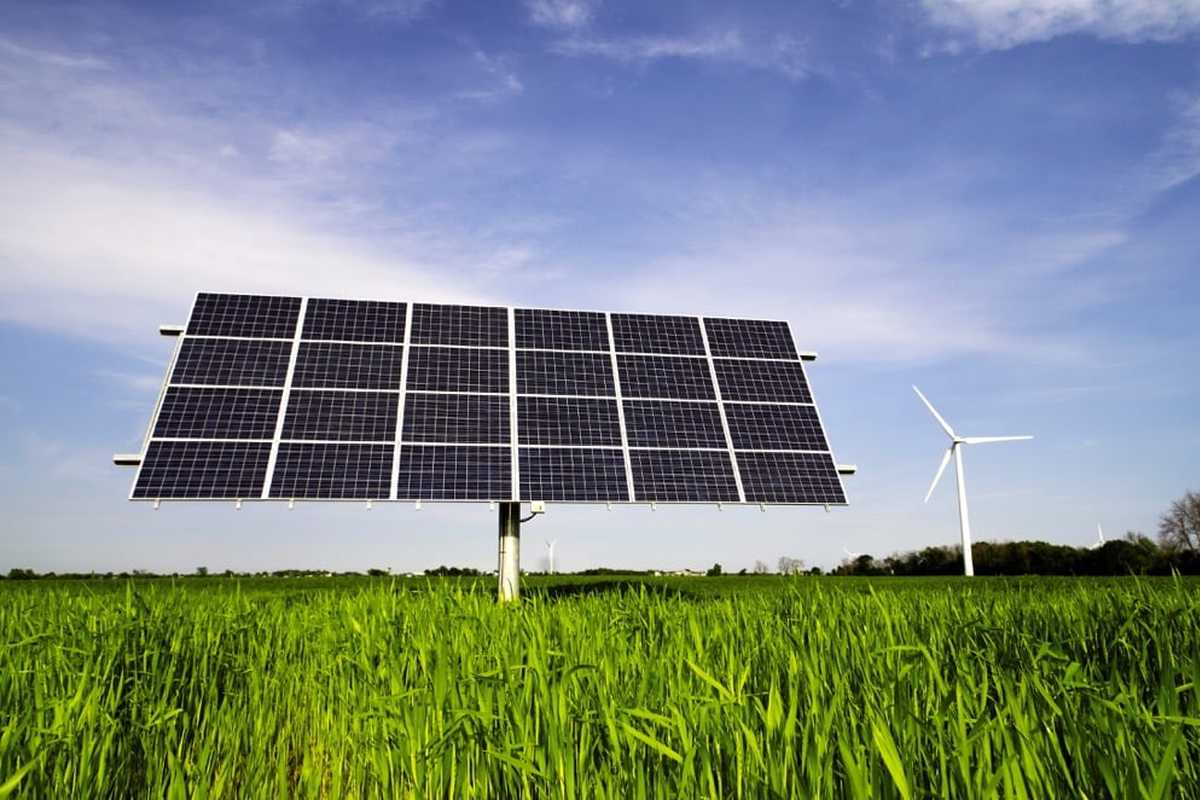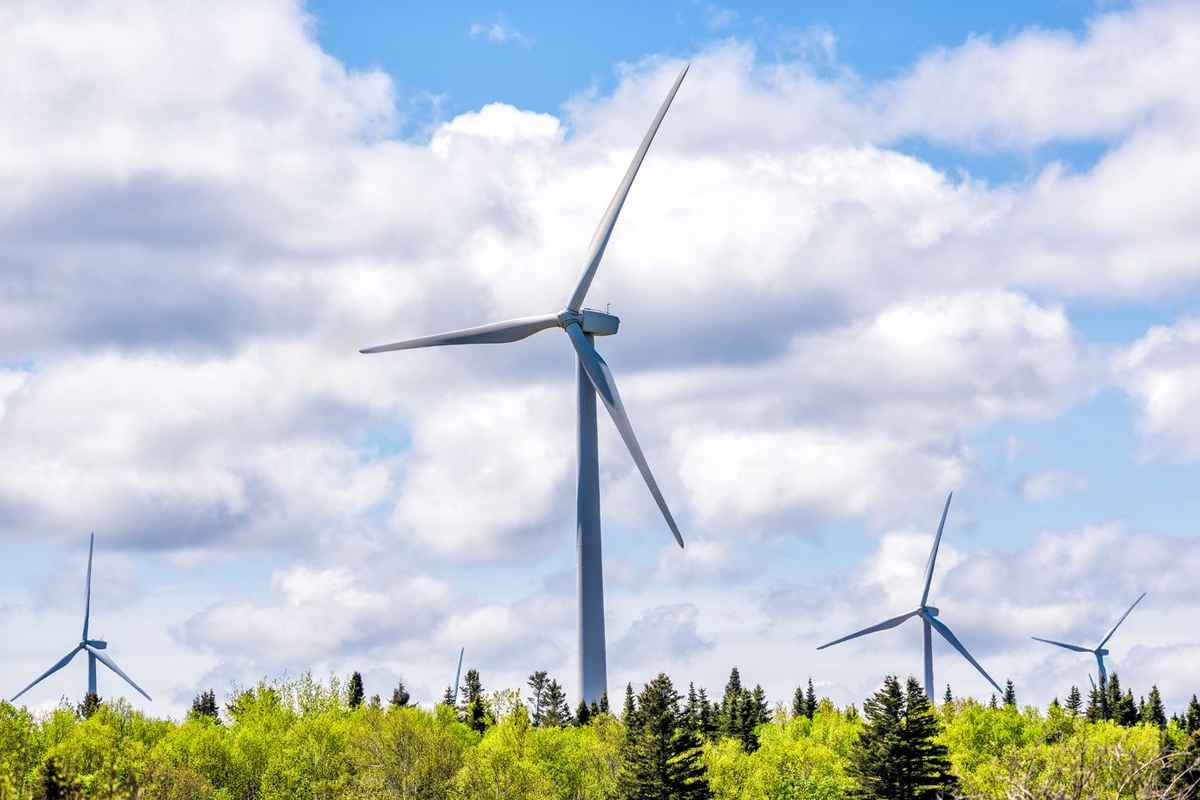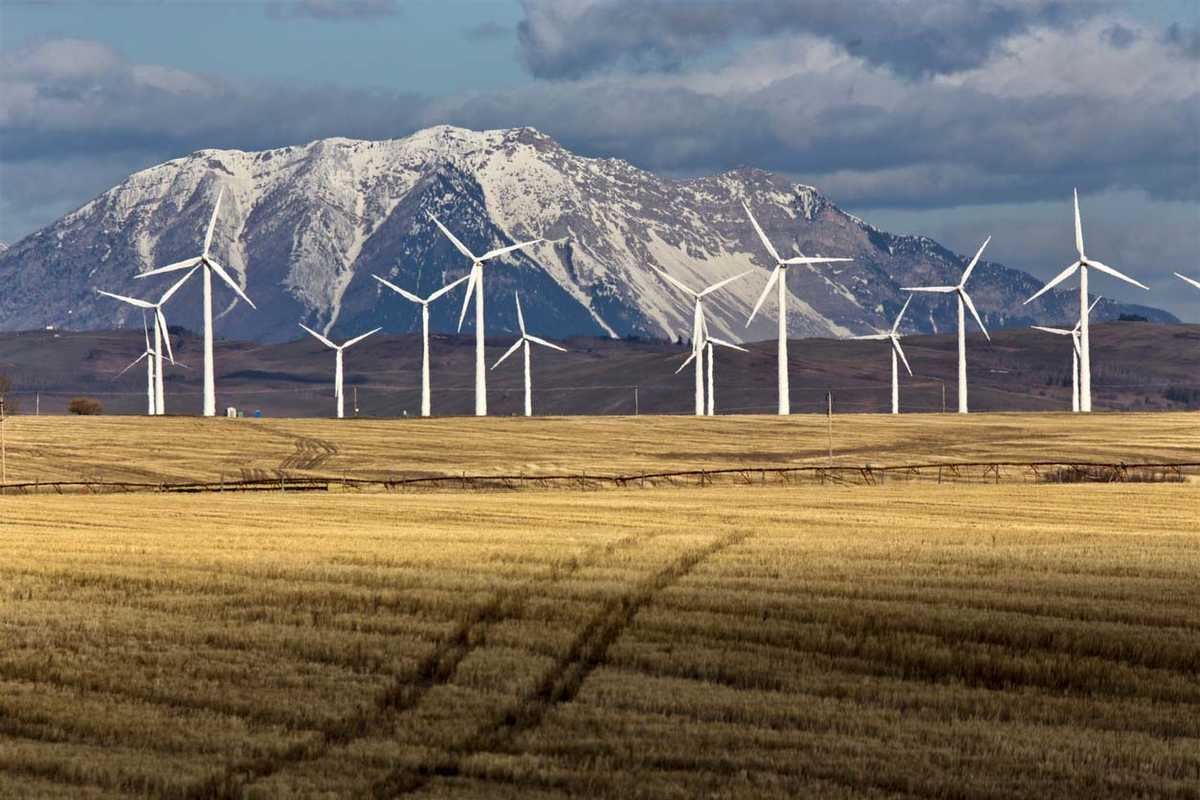Did you know that Ontario stands as a frontrunner in renewable energy? The province boasts a diverse range of renewable energy systems, constituting approximately one-third of its electricity supply and energizing the lives of millions of Canadians.
Whether it’s hydro, solar, wind, nuclear, biofuel, or another form of renewable energy, Ontario has consistently demonstrated outstanding leadership in emission-free electricity generation. Notably, around 40 of Ontario’s hydropower facilities have been operational for over a century!
Presently, Ontario’s renewable energy sector is experiencing robust growth, aligning with the increasing power demand in the province. Anticipating a need for an additional 6,000 megawatts (MW) in new capacity by 2030, as suggested by the Independent Electricity System Operator (IESO), Ontario has a remarkable opportunity to further expand its renewable energy systems.
Ontario Renewable Energy Facts
- In 2019, a staggering 92% of Ontario’s electricity originated from zero-carbon sources, with the following breakdown:
- 59% from nuclear
- 24% from hydro
- 8% from wind
- 1% from solar
- Ontario claimed nearly 97% of Canada’s solar power in 2019, boasting an installed capacity of 2,670 MW
- From generating a quarter of its electricity from renewable sources in 2010, Ontario witnessed a remarkable growth of over 50% by 2018
- Hydroelectric generation exclusively fulfilled all of Ontario’s electricity needs until the late 1950s
- With over 224 operational hydroelectric facilities, Ontario stands as a hub for hydroelectric power generation across the province.
- Impressively, more than 40 of Ontario’s hydropower facilities have been operational for over a century
- Currently, Ontario boasts approximately 9,000 MW of existing hydropower capacity, with identified potential hydroelectric sources exceeding 5,000 MW for upcoming projects
- Anticipating demand growth, Ontario aims to add an extra 6,000 MW in new capacity by 2030
- Boasting 2,663 wind turbines, which accounts for approximately 40% of Canada’s total, Ontario leads all provinces as of 2020
- Ontario houses six out of Canada’s 20 ethanol production facilities, making up around 30% of the nation’s total
- In the biodiesel sector, Ontario is home to five out of ten facilities in Canada, constituting about 50% of the total
- Ontario’s bioenergy strength is attributed to extensive research and development conducted at 20 universities (18 of which are among Canada’s top 50) and 24 colleges, contributing to a globally recognized agri-innovation cluster
- Featuring one biomass power station, the 205 MW Atikokan Generating Station underwent conversion from coal to biomass in 2014 The Atikokan Generating Station stands as the largest 100% biomass-fueled plant in North America
- The exclusive use of wood biomass sets CHAR Technologies’ facility in Thorold apart, making it the sole renewable natural gas (RNG) facility of its kind in the country
The Future of Ontario Renewables
The surge in renewable energy development in Ontario is evident in the province’s ambitions to enhance its wind, solar, and biofuel capabilities.
Between 2010 and 2017, Ontario witnessed a rise of 7,152 megawatts (MW) in renewable energy capacity, with a significant focus on wind (3,668 MW) and solar (2,299 MW). Projections indicate that from 2017 to 2023, the province is set to incorporate an additional 466 MW of net renewable capacity.
With a sustained commitment to expanding renewable energy sources as part of its climate action strategy, Ontario stands poised to increase its capacity in wind, solar, hydro, and other emerging technologies.
In 2020, the federal government introduced legislation outlining a trajectory toward achieving net-zero emissions by 2050—a goal fervently endorsed by the Ontario Energy Association, which envisions realization through the continual advancement of its non-emission energy sources.




